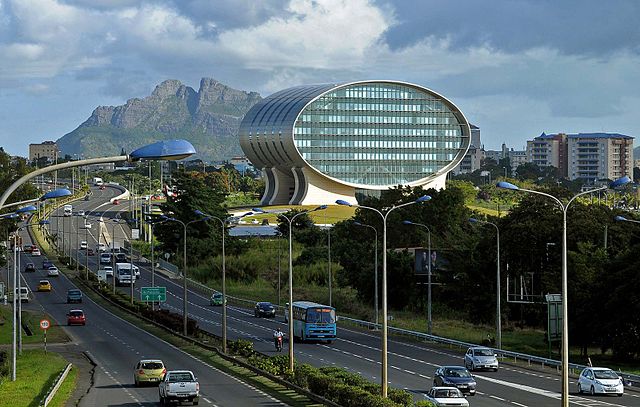
Smart Green Homes
As you are all probably aware, the trend of coining phrases with the adjective “smart” is not exclusively reserved for mobile technology. Nor does the word “sustainable” only refer to development or business any more. “Efficiency” has been a buzzword for so long now, that we feel it’s here to stay forever. And you’re most likely right.
Architecture, like so many other aspects of our life, has been unable to resist the pressure imposed by the sheer force of the trend to make everything smart, sustainable and efficient. So, how has it responded and what elements have been affected?
Materials
The choice of construction and decorative materials is influenced by the idea to create the healthiest possible environment with minimal or no effect on the immediate surroundings. (Re)using sustainable material, which wouldn’t have to be replaced in the foreseeable future and which might be reused is not only cheaper, but also eco-friendlier.
Energy
Apart from utilising renewable sources of energy, such as solar- and wind-power, a lot of savings can be made by preserving energy. It is crucial to have good insulation, particularly when it comes to windows and doors. Also, installing timers to regulate heating, watering and electricity consumptions is another vital component of smart design.
IT
The breakthroughs made in the field of information technology are also applied in architecture. Microchips, sensors and wireless technology, to name but a few, are now widely used both during construction and later, when occupants start using the facility. Perhaps some of the ideas presented here seem a bit far-fetched at the moment, but they give a clear hint about the trends.
Air-conditioning
Another vital segment of smart architecture, strongly supported by the boom in the range and quality of available devices. The increasingly demanding requirements related to the heating, ventilation, air-conditioning and refrigeration (HVACR) systems about energy-efficiency and eco-friendliness have been met by many manufacturers. For instance, take a look at the whirlybird roof ventilation option to see what I’m talking about.
Automation
Many new homes in some parts of the world are highly automated in order to provide security and comfort to their residents. Automation doesn’t stop at light and AC control, control of shutters and CCTV. It is also used to run home-entertainment systems and plant watering. Your pets can now be fed automatically, too, if you’re away from home.
Architects usually try to encompass all requests related to automation when designing a new home. Drywalls nowadays also protect and hide additional wires, used for controlling the environment.
Potential Issues
Needless to say, such high degree of automation and utilization of modern technology has its downsides and threats. Most of them refer to security, since the transfer of data through modern means of communication is quite prone to be hacked, if the person who does that is knowledgeable enough. Here are some security concerns related to smart homes.
The Future
There’s no doubt that we’ll soon see robots do much more than just clean the floors and you can bet that we’ll see the range of smart appliances develop even more. It’s also quite likely that our homes will be equipped with monitoring systems, which will tell us about how efficient we are in terms of using energy, costs and carbon footprint.
Technology is becoming more efficient and, what’s more important, more affordable and earth-friendly. If you want to have a smart home, you’re looking at significant investments in setting up the whole system. However, the benefits and savings such a house is likely to bring about more than compensate for higher initial expenditure. A Smart Toilet in Japan can already analyze our urine and tell us if we’re suffering from diabetes or if we’re almost there. And you thought that a warm toilet seat was the best a toilet can do for you?
 WhosGreenOnline.com Your Online Magazine and Directory for Green Business, Product, Service and News!
WhosGreenOnline.com Your Online Magazine and Directory for Green Business, Product, Service and News!


One comment
Pingback: Smart Homes, You and the Environment | WhosGreenOnline.com